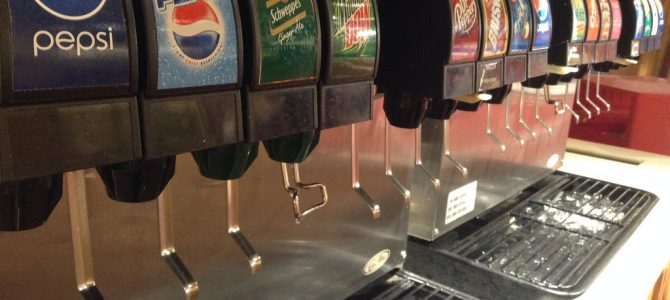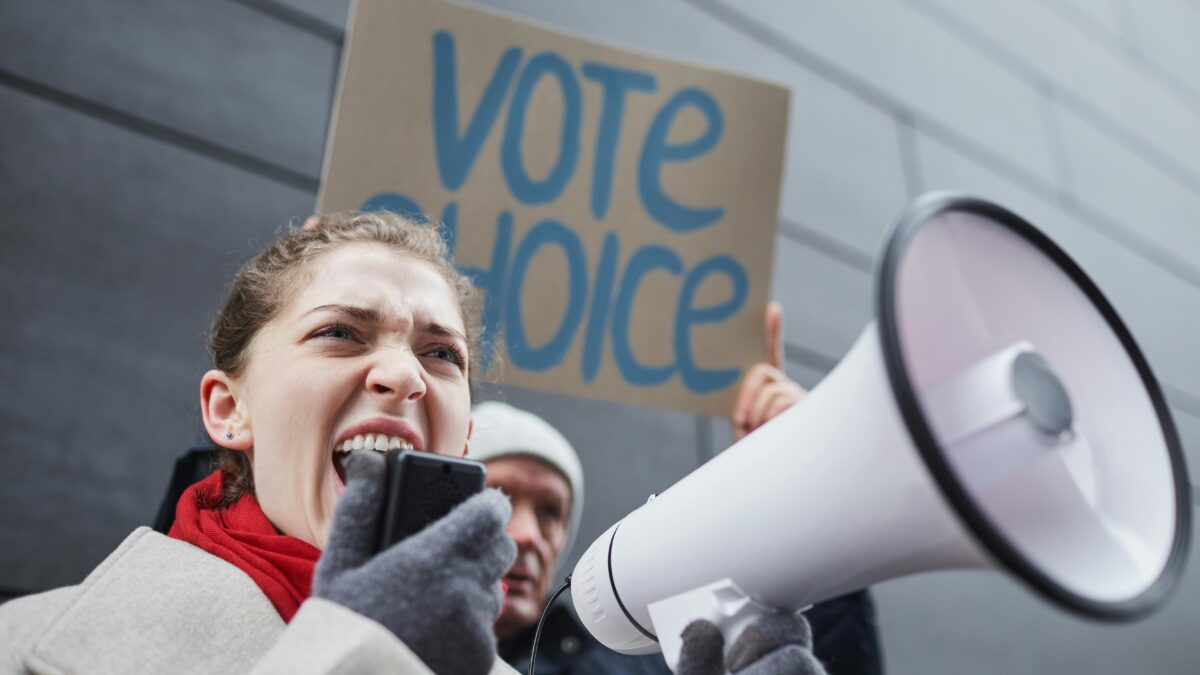
Last year, Philadelphia’s city government passed a tax on soda, which took effect at the beginning of this year. The fight over its passage and the tumult caused by its enforcement propelled the dry issue of municipal taxation to national news. As Fox News reported last month, “Philadelphia’s experience could shape how the soda tax debate plays out across the country.” It should also influence the conversation over the endless spiral of taxing and spending in America’s mismanaged, one-party big cities.
The entire history of the soda tax in Philadelphia has been a convoluted bait-and-switch operation that leaves the taxpayer wondering if city officials even know what they are trying to achieve by imposing the levy. When Mayor Jim Kenney first proposed the tax in early 2016, the Philadelphia Inquirer described it as a “3-cents-per-ounce tax on sugary beverages” that would raise $400 million for Philadelphia’s schools, most for a pre-kindergarten program. The idea, at least initially, was to raise money for the city while discouraging people from drinking soda and other sugary beverages.
We’re Shocked, Shocked to Find Less Consumption!
The soda tax was designed to raise revenue while regulating behavior—a liberal Democrat’s dream. But the justifications and predicted effects kept changing. At three cents an ounce, city officials predicted the cost of a soda would increase by 55 percent, which they said would cause a drop in sales by the same amount.
They also claimed the reduction in soda purchases would not reduce the sales tax collected, because “people will use the extra money to buy other grocery products.” Given that most groceries in Pennsylvania are not subject to sales tax, this was already a dubious proposition.
The chance to influence the behavior of millions of consumers drew praise from the usual quarters, including presidential hopeful Hillary Clinton and nanny-state mayor extraordinaire Michael Bloomberg. (Bernie Sanders spoke against the tax, calling it regressive.) Most residents supported the idea, too, according to a poll Kenney had commissioned, but as Philadelphia magazine’s Holly Otterbein pointed out, that poll never mentioned the rate of tax to be imposed. Philadelphia’s City Council, in which Democrats have a 14-3 majority, passed the tax in June 2016. After lawsuits against it were dismissed, it took effect on January 1, 2017.
There were some twists along the way. City Council reduced the tax to 1.5 cents per ounce, which decreased the amount expected to be raised to $91 million. The money-for-schools rationale was also jettisoned, to some extent, as the council re-allocated half the money to other programs (including city employee benefits,) most of which had nothing to do with education. And that public health angle? That got thrown out the window, too, as the city legislators decided to tax diet soda, also.
Pass This Tax Before People Know What It Does
In three months, the soda tax had gone from a public health initiative that would raise money for public schools to a tax that was purely about raising money, some of which might get to the kids, but most of which funded whatever the city wanted. Unsurprisingly, public support for the tax started to decline as Philadelphians recognized it for the naked money grab it always was. When it went into effect in January, people freaked out.
Perhaps you could say that Philadelphians made a mistake in waiting until a tax went into effect before learning about how it would affect them. Maybe an informed populace would not have let things get this far before trying to stop it. But given the ever-shifting justifications for the tax, even someone who read the newspapers fairly regularly might have been confused. That was by design. Philadelphia’s Democratic leaders wanted to pass the tax before the people found out what was in it.
In one viral tweet, Pennsylvania journalist Salena Zito showed a picture of a receipt on which a $5.99 12-pack of Propel Water was whacked with a $3.04 beverage tax. Now the people were getting the picture, and as H.L. Mencken might have said, they were getting it good and hard. But the increased prices were part of the point of a soda tax, weren’t they? Wasn’t the whole idea that Philadelphians should be “nudged” toward healthier choices in their diets? Aren’t higher prices a feature, not a bug?
https://twitter.com/SalenaZito/status/815915662325547008
Sugar-Coated Lies
Not so fast, said Kenney. According to the mayor, retailers who raised prices were “gouging their own customers.” Because the tax was levied on distributors, rather than at the point of sale, Kenney expects a previously credulous populace to believe that only those fat-cat corporations would have to pay it.
But when the price of a product doubles at one spot on the supply chain, you would have to be willfully blind not to see the cost increase would trickle down to the end user. All taxes, even corporate taxes, are ultimately taxes on the consumer. Kenney and Philadelphia Democrats knew this, even if they will no longer admit it.
“Price gouging” is a common cry when the rules of supply and demand don’t work out in the way people want them to. As a way of turning ignorance into outrage, it has a long and storied history. Here, though, Kenney and his cronies add bald-faced lies to their nonsense. Although it has now been forgotten, increasing the price of soda was the original point of the law.
It was explicit in the argument for the tax that it would help the nanny state fight its “war on obesity.” In interviews with dietitians shortly after the law passed, Philadelphia magazine’s Elizabeth Worthington never doubts that the price impact is intentional, nor do the people she interviewed:
A slightly higher price-tag may make people think twice about buying soda. As registered dietitian and owner of Philly Dietitian Theresa Shank says, if the only way to reach people when it comes to sugar consumption is through their wallets, as with the soda tax, so be it. At least it will make may make them think twice about what they are purchasing. Lisa Laura, RD, echoes this sentiment: ‘The rising healthcare costs associated with these conditions affect all of us and education alone has not been enough.’
What would make consumers think twice about purchasing other than a price hike?
One-Party Rule Is Not So Sweet
For Philadelphia Democrats to pretend they never intended the price of soda to go up is audacious, but that’s what you get when one party rules a city for 65 years. One-party rule is always corrosive, given enough time. It was the accreted corruption of 67 years of Republican rule that finally brought Democrats to power in Philadelphia in 1951.
Those erstwhile reformers quickly came to embody all of the worst traits of the political machine they replaced, and the cracks are starting to show. When winning the Democratic nomination is tantamount to victor in the mayor’s race, and most city councilmen draw only token opposition, it becomes easier from machine politicians to give up even the attempt to appear efficient and honest.
Philadelphians may be outraged at the amount of money the city squeezes out of them year after year, but they have made very little effort to correct the problem. Since 1951, the city’s voters have elected only Democratic mayors. At least 13 out of 17 City Council members have been Democrats in that span. The faces change, but the message is the same: more taxes, more spending, and more corruption.
Did Kenney lie about the purpose of the soda tax? Sure! Why wouldn’t he? If city voters stay true to form, he will be re-elected in 2019 no matter how dishonest he appears. In a one-party system, policies do not matter, only power. Until voters embrace a second option—be it Republican, third-party, or Independent—they will be fed more of the same.








